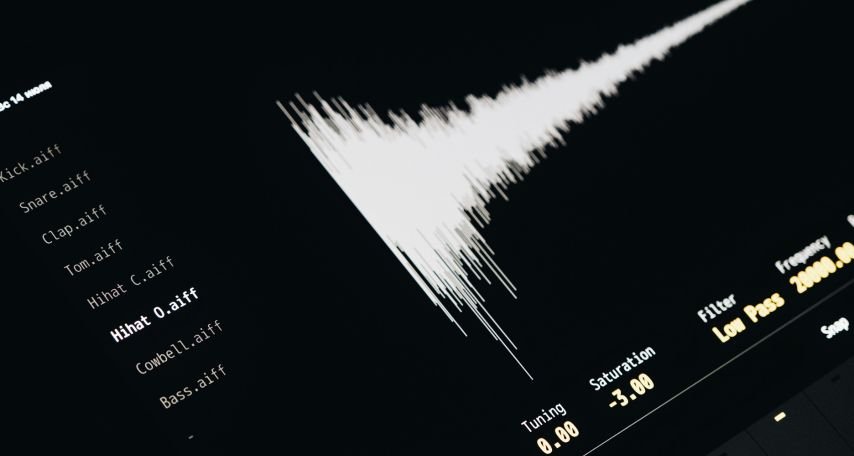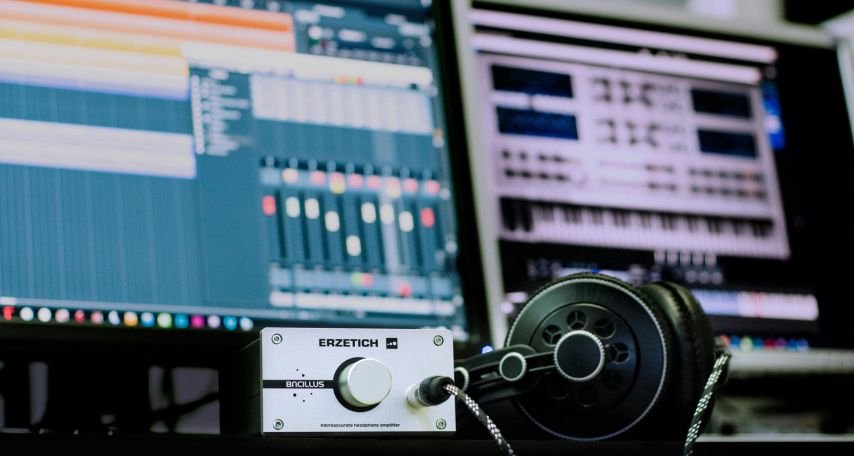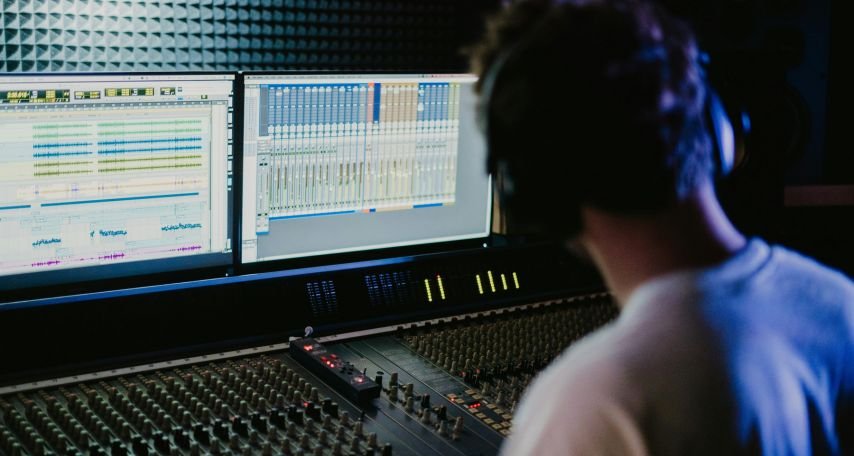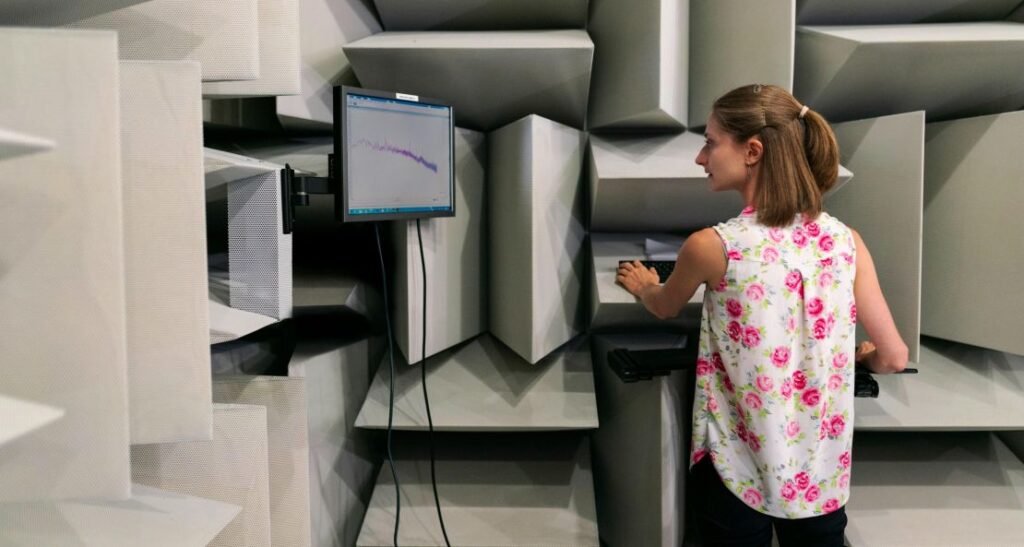Music is a universal language that transcends borders and cultures.
The melodies, rhythms, and harmonies that make up our favourite songs are all crafted through a fascinating process known as music production.
This process combines art and science, utilising sound waves in a way that can evoke various emotions and create memorable experiences.
Understanding Sound Waves

Sound waves are vibrations that travel through the air, water, or any other medium.
These vibrations are picked up by our ears and translated into what we perceive as sound.
In music production, understanding the properties of sound waves is essential for creating high-quality audio.
The two main properties of sound waves are frequency and amplitude.
Frequency determines the pitch of a sound, which is how high or low it is.
This is measured in hertz (Hz). Amplitude, on the other hand, relates to the loudness of a sound.
Increased amplitude results in louder sounds, whereas decreased amplitude produces quieter sounds.
The Role of Acoustics

Acoustics is the science of how sound behaves in different environments.
The design of a recording studio takes acoustics into account to ensure that sound waves are captured accurately.
Walls, ceilings, and floors are often treated with special materials to absorb or diffuse sound.
Understanding acoustics helps producers and engineers create a controlled environment where they can shape the sound as desired.
Digital vs. Analog
Music production has evolved significantly with digital technology. Digital audio workstations (DAWs) have become the standard tools for producers, allowing them to manipulate sound waves with incredible precision.
These platforms offer a wide range of effects and plugins that can enhance or transform audio in countless ways.
Despite the rise of digital technology, analog equipment still holds a special place in music production.
Many producers prefer the warmth and character that analog gear brings to a recording.
Mixing and Mastering

Once the individual tracks of a song are recorded, the mixing process begins.
Mixing involves balancing the different elements of a song, such as vocals, instruments, and effects.
This is done by adjusting levels, panning (placing sounds in the stereo field), and applying various effects like reverb and delay.
Mastering is the final step in music production. It ensures that the mixed track sounds good on all playback systems, from headphones to car speakers.
Mastering engineers use techniques like equalisation, compression, and limiting to achieve this.
The goal is to create a polished, cohesive sound that translates well across different listening environments.
Broader Applications of Sound Engineering

The principles of sound engineering and production are essential not just in the realm of music but also across the entire entertainment industry.
In movies, soundtracks and effects bring scenes to life, conveying emotions and enhancing the storytelling.
In video games, audio cues and background scores are critical in building the game’s atmosphere and providing feedback to the player’s actions.
For example, in nyerőgépek and other games on online casino platforms, sound plays a crucial role.
Each auditory cue, from the chime of hitting a jackpot to the unique sounds associated with specific winning symbols, is designed to lead and navigate the player through the gameplay.


